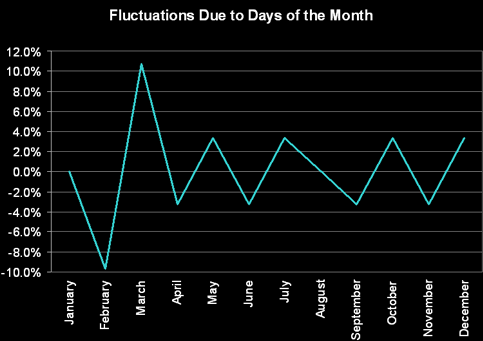Read this piece on Valleywag today about the New York Times hiring their first-ever Social Media Editor.
Here’s the NYT description of their social media editor:
One of the bracing things about this topsy-turvy media landscape is that you can wake up one morning and find yourself actually doing something you never thought you’d even think about. Take Jennifer Preston. In 25 years in the news biz, she’s been plenty of things: Reporter (cop shop, City Hall, Albany, etc.), editor (political editor, section editor, administrative editor, etc.) and even circulation marketing manager (at New York Newsday). But still, did she ever think she’d wake up one morning as “social media editor”?
No, she didn’t but yes, she did. That morning was this one.
Jennifer is our first social media editor. What’s that? It’s someone who concentrates full-time on expanding the use of social media networks and publishing platforms to improve New York Times journalism and deliver it to readers.
…She will help us get comfortable with the techniques, share best practices and guide us on how to more effectively engage a larger share of the audience on sites like Twitter, Facebook, Youtube, Flickr, Digg, and beyond.
Knowing the NYT has the 2nd most popular Twitter following and a great number of journalists with accounts on Twitter, I thought it would be interesting to check out who Jennifer Preston is and if I knew her from past social media events I have attended.
Turns out her Twitter account was locked, according to Valleywag. Looks like she opened it up to the public in response to the article, but she had yet to post her first tweet. I looked around for a non-NYT account for her, but didn’t find any. One place I looked was Linked in. I was shocked to see she only had 13 connections (especially for someone who works for a large publisher).

I tweeted my findings, which may have spurred her to post her first tweets (she now has 3). From my perspective, she’s got less experience with twitter, digg, youtube, blogging, etc. than any college intern I’ve ever worked with.
Either the New York Times is trying this as an experiment, or they have effectively set a very low bar for what is considered a social media expert.


